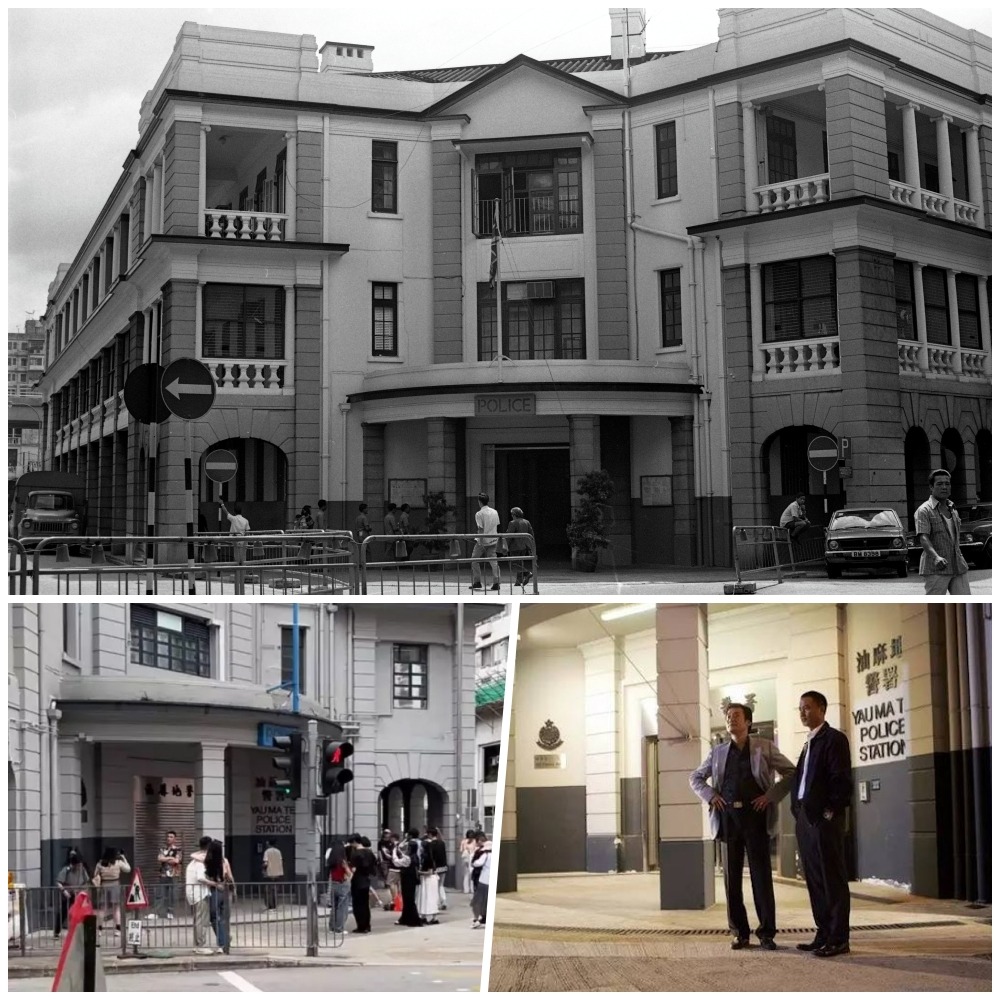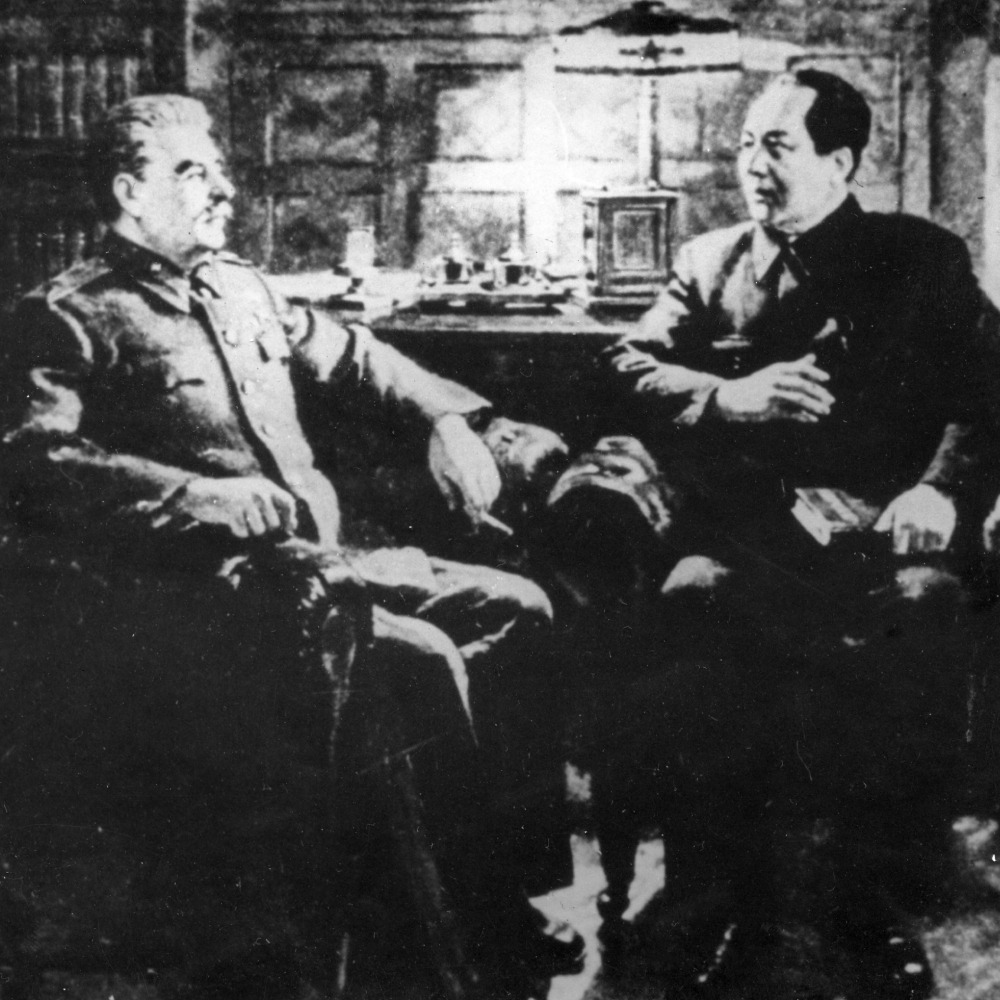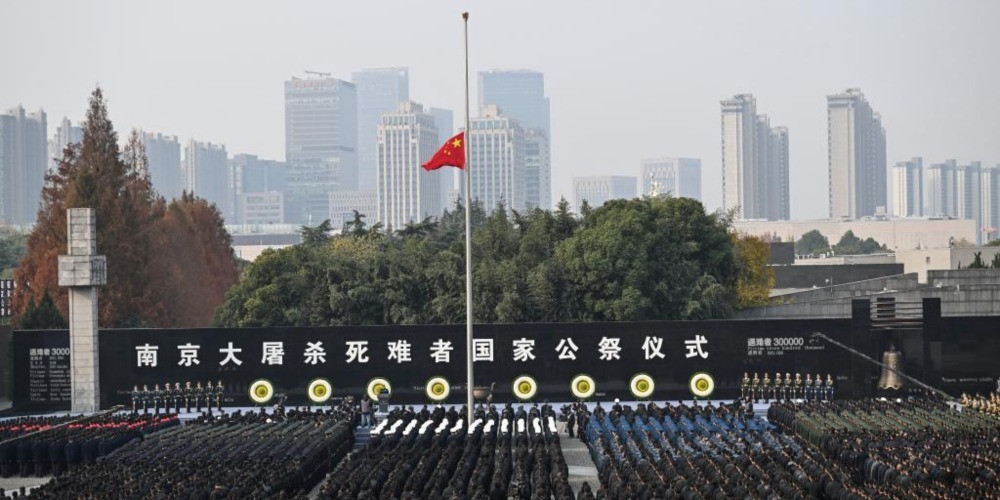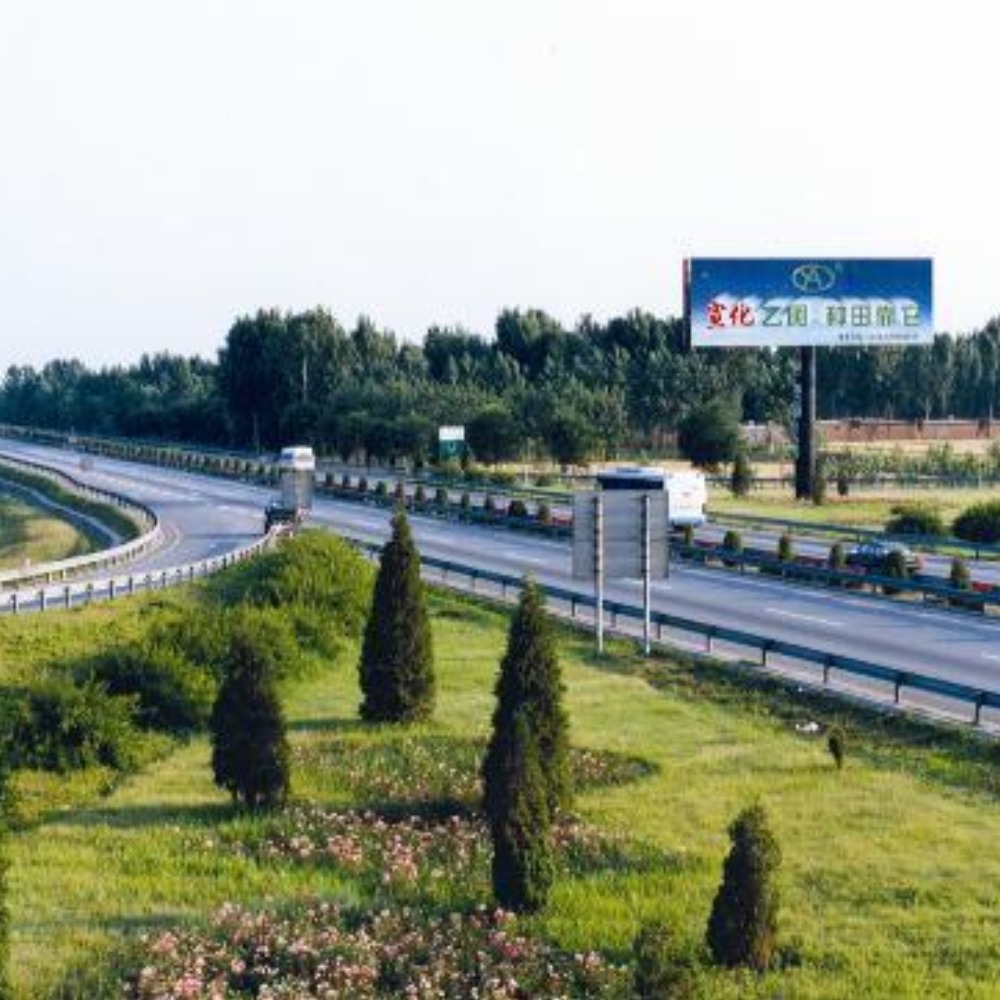Published : 2024-06-09
On June 9, 1898, the "Convention for the Extension of Hong Kong between China and Great Britain"(中英《展拓香港界址專條》) was signed in Beijing.
The Qing government leased the northern part of the Kowloon Peninsula, from Boundary Street to the Shenzhen River, as well as over 200 nearby islands including Lantau Island, known as "New Territories"(新界) and referred to as "newly leased lands"(新租之地) to Britain for a period of 99 years.
The signatories of the treaty were Li Hongzhang (李鴻章), a minister of the Imperial Cabinet of the Qing government, and Claude Maxwell MacDonald, the British Minister to China.
After the First Sino-Japanese War of 1894 -1895 (中日甲午戰爭), Western imperialist countries shifted from exporting goods to China to exporting capital, hence demanding direct control of Chinese territory to safeguard their interests.
On the one hand, they continued to maintain the Qing government, and on the other, they individually forced China to lease ports, divided into "spheres of influence", and seized railways.
On April 2, 1898, negotiations on the extension of Hong Kong began between China and the UK. According to instructions from the British Foreign Office, MacDonald presented a map to Li Hongzhang delineating the expansion territory, extending from Dapeng Bay to Deep Bay southwards, including Kowloon City and numerous islands.
Li succumbed to the pressure and agreed but resolutely opposed the British occupation of Kowloon City, arguing that the city housed a "yamen" (administrative office).
Later, on May 25, the British government, dissatisfied with the negotiation results, instructed MacDonald to meet again with the Imperial Cabinet, demanding revisions to the previous agreements, mostly to extend the eastern boundary to bring the entire Dapeng Bay under British control.
The UK successfully pressured the Qing government to make additional concessions at the last minute.































